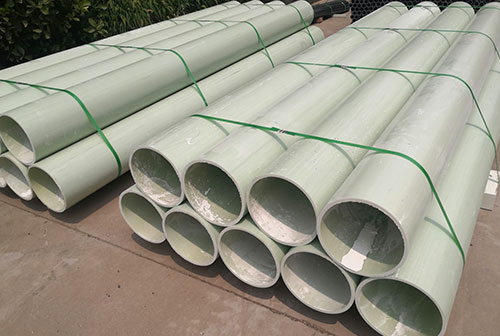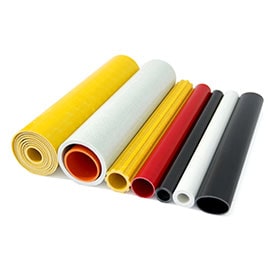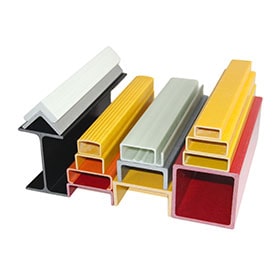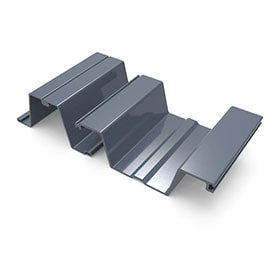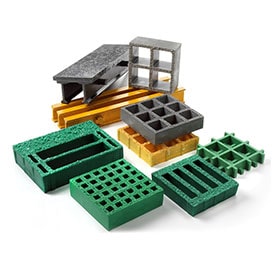Pipes are essential components in various systems, including plumbing, irrigation, drainage, and industrial applications. They transport fluids, gases, and slurries, and their choice depends on the specific requirements of the application. Among the diverse types of pipes available, FRP (Fiber Reinforced Plastic) and GRP (Glass Reinforced Plastic) pipes have gained prominence due to their unique properties and versatility.
What is FRP Pipe?
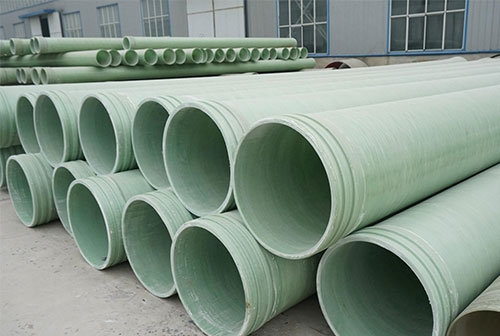
FRP Pipe
FRP, or Fiber Reinforced Plastic, is a composite material made from a combination of plastic resin and reinforcing fibers. The plastic resin provides the matrix that binds the fibers together, while the reinforcing fibers provide strength and stiffness. Common reinforcing fibers used in FRP pipes include glass, carbon, and aramid fibers.
What is GRP Pipe?
GRP, or Glass Reinforced Plastic, is a specific type of FRP pipe where the reinforcing fibers are made from glass. Glass fibers are a popular choice for FRP pipes due to their high strength, stiffness, and chemical resistance. They are also relatively inexpensive, making GRP pipes a cost-effective option for many applications.
Key Differences between FRP and GRP Pipes:
While FRP and GRP pipes share some similarities, there are also some key differences between the two types of pipes:
Reinforcing Fibers: The main difference between FRP and GRP pipes lies in the type of reinforcing fibers used. FRP pipes can be made with a variety of reinforcing fibers, including glass, carbon, and aramid fibers. GRP pipes, on the other hand, specifically use glass fibers as the reinforcing material.
Properties: The properties of FRP and GRP pipes can vary depending on the type of reinforcing fibers used and the specific composition of the resin matrix. However, in general, GRP pipes are known for their high strength, stiffness, and chemical resistance. FRP pipes, on the other hand, can offer a wider range of properties depending on the choice of reinforcing fibers.
Applications: GRP pipes are widely used in various applications due to their strength, corrosion resistance, and lightweight nature. Common applications include:
Water and wastewater pipelines: GRP pipes are used for transporting potable water, wastewater, and industrial effluents.
Chemical pipelines: GRP pipes are resistant to a wide range of chemicals, making them suitable for transporting chemicals in the petrochemical, pharmaceutical, and other industries.
Offshore pipelines: GRP pipes are used for transporting oil and gas in offshore applications due to their corrosion resistance and ability to withstand harsh marine environments.
FRP pipes, with their versatility in terms of reinforcing fibers, can be tailored for specific applications. Some common applications of FRP pipes include:
Chemical and industrial applications: FRP and GRP pipes are often used in chemical and industrial applications because they are resistant to a wide range of chemicals, including acids, bases, and solvents.
Water and wastewater treatment: FRP and GRP pipes are also commonly used in water and wastewater treatment applications because they are resistant to corrosion and biofouling.
Oil and gas: FRP and GRP pipes are used in the oil and gas industry for a variety of applications, including pipelines, well casings, and flowlines.
Construction: FRP and GRP pipes are used in construction applications such as underground drainage, sewer lines, and culverts.
Choosing between FRP and GRP Pipes:
The choice between FRP and GRP pipes depends on the specific requirements of the application. Factors to consider include:
Strength and stiffness: If the pipes need to withstand high loads or pressures, GRP pipes are a good choice due to their high strength and stiffness.
Chemical resistance: If the pipes will be transporting chemicals, GRP pipes are a good choice due to their resistance to a wide range of chemicals.
Weight: If weight is a concern, FRP pipes may be a better choice as they can be lighter than GRP pipes.
Cost: GRP pipes are generally more affordable than FRP pipes, but the cost can vary depending on the specific materials and specifications.
Specific application requirements: Consider the specific requirements of the application, such as temperature, pressure, and environmental conditions.
Conclusion:
FRP and GRP pipes are both versatile and durable materials that offer a range of advantages for various applications. Understanding the key differences between the two types of pipes and considering the specific requirements of the application will help you make the right choice for your project.
 +86 15303735673
+86 15303735673 Jessica@frpzs.com
Jessica@frpzs.com
 Technical Data
Technical Data


